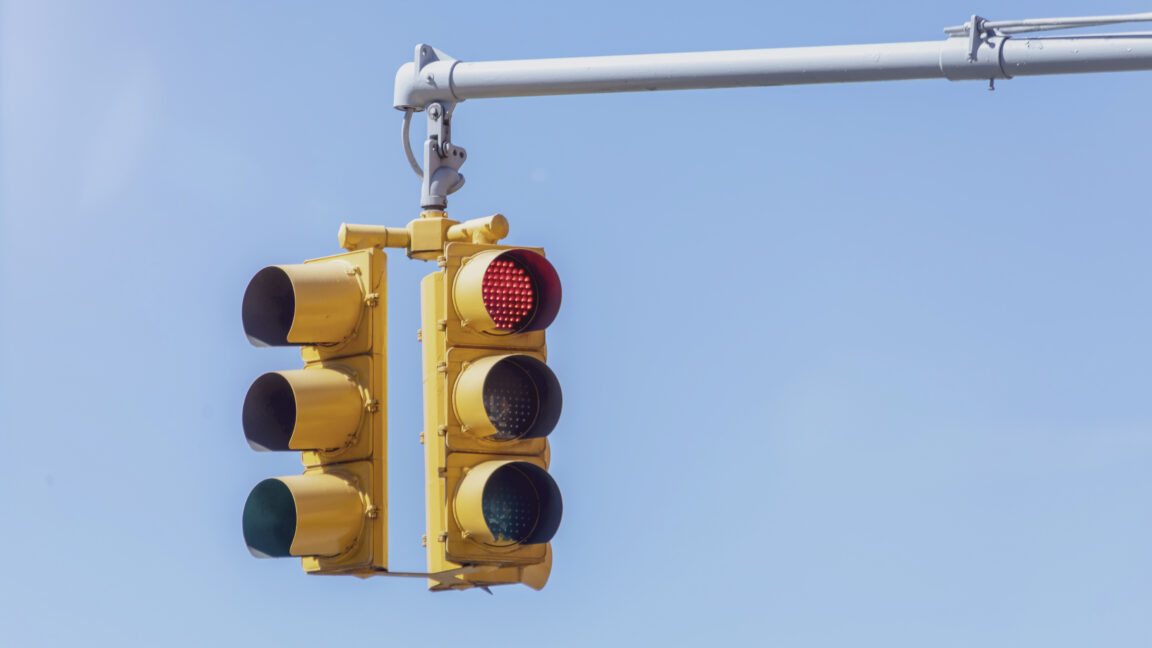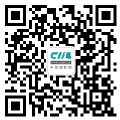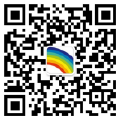
Credit: Getty Images
Last week was a good one for Tesla, as it beat analysts' estimates for the number of cars it could sell in the third quarter of the year. This week is probably a less good week for Tesla, since the National Highway Traffic Safety Administration's Office of Defects Investigation has opened yet another preliminary probe into the automaker—the third this year alone.
2025 hadn't been going long before NHTSA announced an investigation following multiple crashes involving Tesla's remote parking features. And last month, the agency started a second, concerning multiple deaths after the company's signature retractable door handles became inoperative after a crash.
Now it's the controversially named "Full Self-Driving" feature in the crosshairs, after dozens of reports of Teslas breaking traffic laws while using this partially automated driving assist.
You crossed a line
NHTSA says the complaints fall into two distinct scenarios. It has had at least 18 complaints of Tesla FSD ignoring red traffic lights, including one that occurred during a test conducted by Business Insider. In some cases, the Teslas failed to stop, in others they began driving away before the light had changed, and several drivers reported a lack of any warning from the car.
At least six crashes have been reported to the agency under its standing general order, which requires an automaker to inform the regulator of any crash involving a partially automated driving system like FSD (or an autonomous driving system like Waymo's). And of those six crashes, four resulted in injuries.
The second scenario involves Teslas operating under FSD crossing into oncoming traffic, driving straight in a turning lane, or making a turn from the wrong lane. There have been at least 24 complaints about this behavior, as well as another six reports under the standing general order, and NHTSA also cites articles published by Motor Trend and Forbes that detail such behavior during test drives.
Perhaps this should not be surprising. Last year, we reported on a study conducted by AMCI Testing that revealed both aberrant driving behaviors—ignoring a red light and crossing into oncoming traffic—in 1,000 miles (1,600 km) of testing that required more than 75 human interventions. The rest of the time, the system was capable of quite sophisticated behavior; "its seeming infallibility in anyone's first five minutes of FSD operation breeds a sense of awe that unavoidably leads to dangerous complacency," said AMCI Testing's director, Guy Mangiamele.

-
 C114 Communication Network
C114 Communication Network -
 Communication Home
Communication Home


